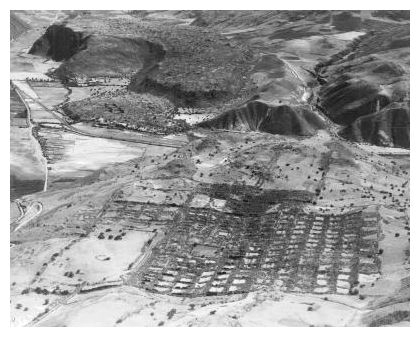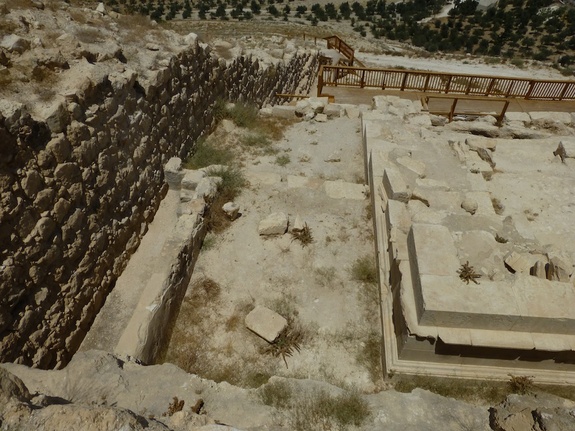
© WikipediaActress Dorothy Comingore
Sixty-five years ago today, in a remote part of Great Britain, George Orwell was finishing his prescient novel,
1984. At the same moment a continent away in Hollywood, an American woman was actually living Orwell's fictional story. In the fall of 1948, actress Dorothy Comingore of
Citizen Kane fame had no clue that the U.S. "thought police" was spying on her, but she could feel a shadow dogging her steps. Dorothy couldn't find a job to save her life and grew so upset about her difficulties, she wondered aloud: "If I've done something wrong, I'd like to know what it is."
It was as if the moody, random terror that Orwell had so vividly created in his manuscript had drifted across the Atlantic and slipped onto a westbound train for California. Unbeknown to Dorothy, she was being tailed by federal agents, monitored by Congressional investigators, and ranked as dangerous on a top-secret "security" list. These facts seemed more ludicrous than Orwell's parody of a "security state." But America already was constructing it.
Today, many U.S. writers, artists and activists undergo similar surreal experiences thanks to the National Security Agency (NSA). While we may think that our government's scrutiny of our private lives is somehow new and shocking, it isn't. America has a tradition of spying on its own. I realized this recently when I picked up my yellowed copy of Orwell's classic after reviewing Dorothy's private papers. I was struck by the parallels between Orwell's imagination, his real-life contemporary in America and what's happening to us today. Covert surveillance, travel restrictions, detentions, loss of work and worse. ... This is what happens to Americans who think differently than those in power.
This is what's happening now.


